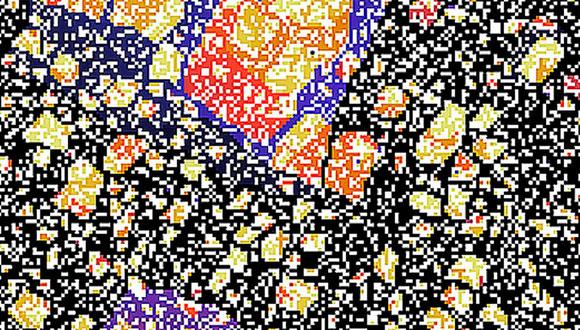Biological & Soft Matter Seminar
Dr. Joshua Ricouvier, Weizmann Institute
Abstract:
Long range decreasing density fluctuations (hyperuniformity) recently appear to be necessary to open complete photonics bandgaps. Taking advantage of microfluidics, we systematically span a large range of size and concentration ratios of two droplet population assembled in 2D jammed packings. We identify various defects increasing long range density fluctuations mainly due to organization of local particle environment. By choosing an appropriate bidispersity, we fabricate materials with a high level of hyperuniformity. By increasing the packing and crossing the jamming point (when the droplet start to deform), droplet assemblies show very interesting optical properties. Slightly polydisperse disordered 2D assemblies (2D foams) can be used as a self-assembled template for isotropic photonic band gap (PBG) materials for transverse electric (TE) polarization. Calculations based on in-house experimental and simulated foam structures demonstrate that, at sufficient refractive index contrast, a dry foam organization with threefold nodes and long slender Plateau borders is especially advantageous to open a large PBG. A transition from dry to wet foam structure rapidly closes the PBG mainly by formation of bigger fourfold nodes, filling the PBG with defect modes. The obtained results have a potential to be extended to 3D foams to produce a next generation of self-assembled disordered PBG materials, enabling fabrication of cheap and scalable photonic devices.
Ricouvier, J., Pierrat, R., Carminati, R., Tabeling, P., & Yazhgur, P. (2017). Optimizing hyperuniformity in self-assembled bidisperse emulsions. Physical review letters, 119(20), 208001.
Ricouvier, J., Tabeling, P., & Yazhgur, P. (2019). Foam as a self-assembling amorphous photonic band gap material. Proceedings of the National Academy of Sciences, 116(19), 9202-9207.


